Publishing Small | Guest post by Zoe Sadokierski (Australian Book Designers Association)
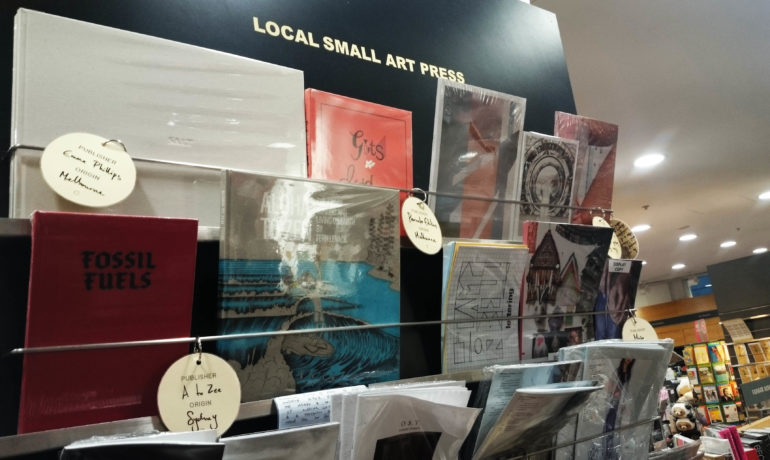
Browsing the small press section of Kinokuniya, it’s evident that self and independent publishing is flourishing.
Four display shelves present an eclectic array of publications, from inexpensive zines and pamphlets to handsomely produced hardback art books. Round swing tags list places of origin: Amsterdam, Auckland, Brooklyn, Kassel, London, Melbourne, Milan, Sydney, Tokyo. The subject matter of these publications is equally varied: artist monographs, critical essays, graphic narratives, collections of artwork and photographs. What unifies them is that each is published for a niche readership by a small press.
In 2015, major art book fairs popped up in Melbourne at the NGV in April/May and in Sydney at Artspace in September. The quality and range of publications and impressive attendance at both events is further evidence that the small press movement in Australia is thriving.
One distinction between small presses and trade (mainstream) publishers is the quantity of books produced in a print run. Four thousand units is considered a minimum print run for trade books, in order for the cost of producing the books to be covered by sales. For many small presses selling this quantity of a niche title is unfeasible. Small presses often cater to readerships numbering between a few dozen to a few thousand. Traditionally, this meant small presses either produced inexpensive ‘rough and ready’ editions, or expensive, highly produced limited editions, both of which are difficult to sell through conventional bookstores.

Parting Shots, The Last Nights of the Arthouse in Mugshots, designers Anna Brown, Bettina Kaiser & Marcus Piper. Shortlisted, Best Designed Independent Book, 63rd Annual Book Design Awards
However, advancements in printing technologies now allow for more cost-effective small print runs. One such advancement is the quality of digital printing. Previously, digital printing was considered inferior to offset printing, which offers high print quality and more paper options, but is only cost-effective for large print runs. Digital printers are now capable of producing finely detailed images on a range of speciality papers, rivalling the quality of offset printing, in a way that is affordable for smaller print runs.
Another distinction between small presses and most mainstream presses is the diversity of the content – less concerned with publishing as a commercial enterprise, smaller presses take more risks by publishing specialised content for niche audiences.
Susan Hawthorne is a veteran of the small press movement in Australia, founding Spinifex Press with Renate Klein in 1991. In her 2015 book Bibliodiversity: A Manifesto for Independent Publishing, Hawthorne likens independent presses to the rings of fungus growing around the base of trees (the mainstream publishers); small presses feed the literary soil with diverse and unique matter, which is essential for maintaining a rich and diverse cultural environment.

Analogue Bodies Vol 1, designed by Zoë Sadokierski. Winner, Best Designed Independent Book, 63rd Annual Book Design Awards.
In addition, small presses often take more risks with design and format of their publications. The Internet allows us to publish specific content for niche audiences practically for free, so why publish in print for a small market? It’s a mess out there in cyber space; when we discover something worth reading, we do so on devices that are distraction machines.
Small presses deliver content worth reading/viewing slowly, in thoughtfully designed packages with no distractions.
The format of the book, the choice of paper stock, and design of the book object all contribute to a tactile reading experience that is valued by the small press readership.
In 2014 the Australian Book Design Association added a new category to the annual book design awards: Best Independent Publication. This category embraces books that push the envelope of publication design. It includes photobooks, artist books and other experimental illustrated texts, produced by independent small presses or self-publishers.
Designers who are immersed in a digital environment are turning back to book making and publication design with new perspectives on how we read and think about books.
The Independent Publication category is intended to showcase the work of emerging or established book designers who challenge readers’ expectations of the book through design that surprises, delights or shocks.
Submissions are open until December 18 for books published in 2015. The publications must have a print run of at least 25 and fewer than 1000 copies, with an extent of at least 24 pages. They should carry an ISBN and/or be available for general sale. Winners will be announced at the much anticipated annual awards party, to be hosted in Melbourne in May 2016. All shortlisted books are included in the special edition printed catalogue, and added to the online awards archive which showcases shortlisted books dating back to 1953. For more details see: abda.com.au
—
Zoë Sadokierski is a book designer, lecturer in the School of Design at UTS, and president of the Australian Book Designers Association.
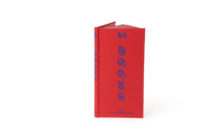
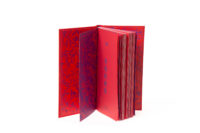
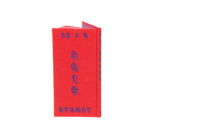
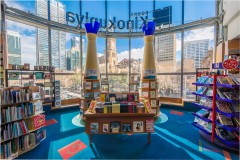
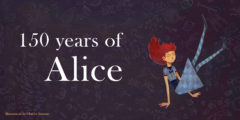

Write a comment